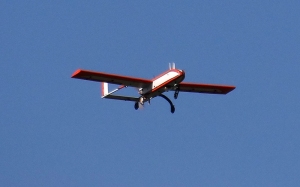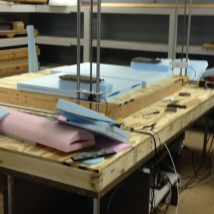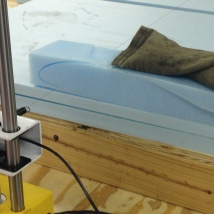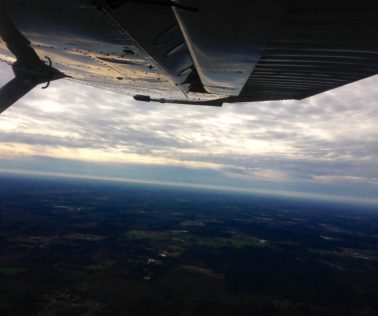Over the past weekend I had the honor of being the instructor of the UAV/UAS Course at the 2016 Mississippi/Southeast Region Aerospace Academy. The class took place on Saturday and Sunday, and focused around several main objectives which included discovering the uses of UAS’s, learning how they are flown, and actually flying the aircraft. Our class was centered around the Flite Test Guinea Pig, and in future years will use the aircraft to conduct aerial scientific research and flight training. The reason the aircraft is called the Guinea Pig is because of the versatility of the airframe, and its ability to transport huge payloads in which many in-flight experiments can be carried out.
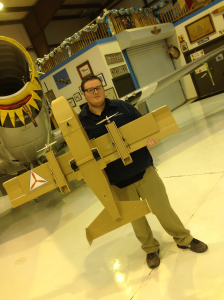
The finished Guinea Pig and I next to Charlotte’s Chariot II
I had the idea for this aircraft course back in January, and I reached out to the Aerospace Education officer in the Mississippi Civil Air Patrol. The course is based around the Guinea Pig not only because we can teach cadets to fly a larger aircraft, but also because after the course each squadron that has an aircraft can get together and conduct experiments each month during the Aerospace Ed squadron meeting. Originally the plan was to travel from squadron to squadron and help them get set up and begin aerial testing, but when I was asked if I could instruct the Aerospace Academy course I quickly modified my plans. Throughout the course of this idea I plan on keeping track of the lifespan of each airframe we produce, as well as the experiments conducted and the information compiled. I hope to eventually set up a research and flight testing collaboration between several aviation groups, including XIPITER if they are interested and the Aviation research department at Mississippi State University. I will keep everyone informed on the progress of the CAP Guinea Pig course, which is still yet to be named. I will be working more upon this idea as it unfolds into a full-scale course, as well as information on the course.
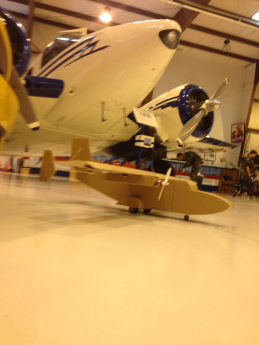
The Guinea in front of a 1947 Beechcraft 18
I greatly enjoyed my time at the Aero Academy and especially loved the background for my class. As you can see in some of the pictures our class took place in a hangar, but not just any hangar… I would like to thank the Southern Heritage Air Foundation in Mound, LA. For more information on the museum on their website at http://www.southernheritageair.org/Southern_Heritage_Air_Foundation/Welcome.html.
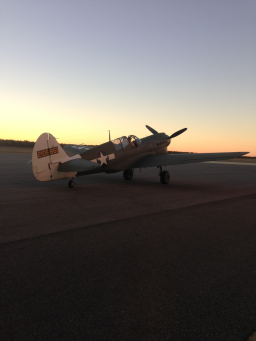
Before the Dining-Out ceremony we were treated to an airshow from this P-40
Want to see more aviation blogs? Head on over to https://www.globalair.com/ and check them out. While you’re there take a look at some of those beautiful aircraft for sale!
Fly safe and have fun!



